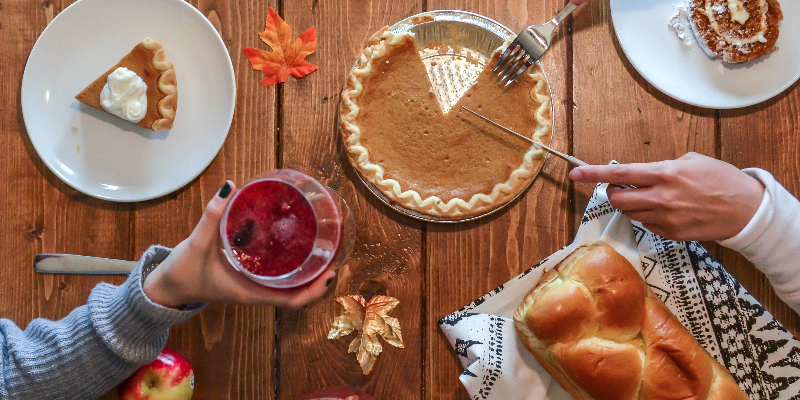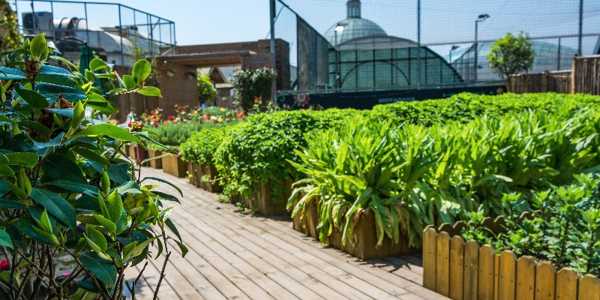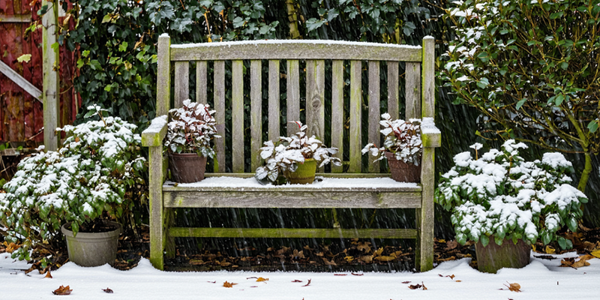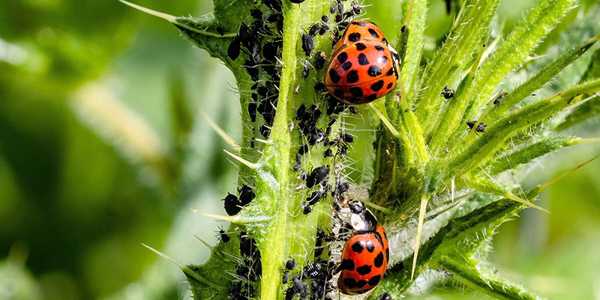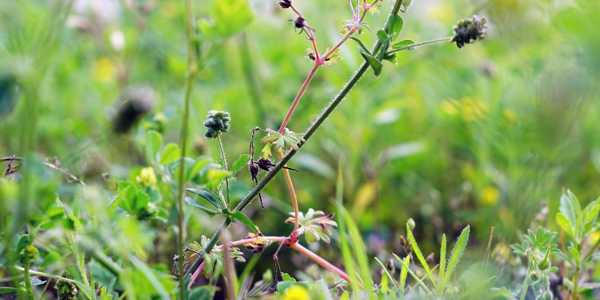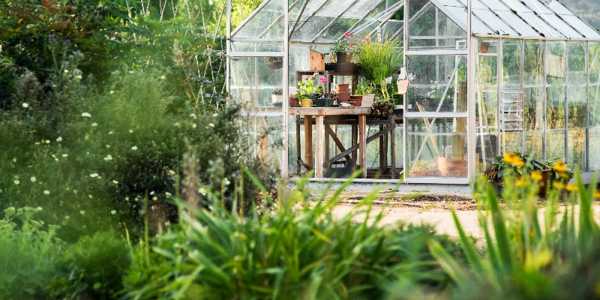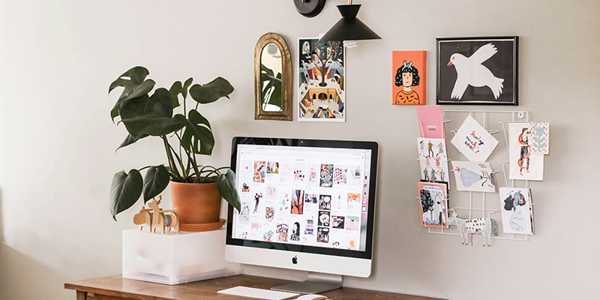Companion Planting 101: Boost Your Harvest Naturally
Have you ever wished that your plants could help each other out? Something like good neighbours who help and look out for each other. That is precisely what companion planting does! It is about pairing plants together. By coupling the right plants together, you can boost their growth. At the same time, you can deter pests and improve soil health. All this can be done without any hazardous chemicals or extra effort.
Here are some tips and techniques for companion planting in your garden, which will boost the harvest naturally.
What Is Companion Planting?
Companion planting is a technique used in gardening. It is like something of a team sport.
Some plants work better together than others.
When paired correctly, they:
Keep pests away naturally (so you don’t need toxic sprays).
Improve soil nutrients (so plants grow bigger and healthier).
Provide natural shade and support (reducing plant Stress).
The result is unbelievable. Companion planting leads to a healthier and more productive garden. And all that is done without extra work!
Best Companion Planting Combinations
Like people, not all plants can turn out to be good neighbours.
Some plants support each other, while others compete for nutrients or attract the same pests.
Here are some of the best plant pairings to try.
1. Pair Basil With Tomatoes
You can plant basil near tomatoes. This enhances flavour and repels pests like mosquitoes, aphids, and whiteflies.
You can tuck away marigolds around tomatoes. This will keep harmful nematodes out of the soil.
Always try to avoid planting tomatoes near potatoes. They are both prone to blight.
2. Keep Carrot Flies Away With Onions
This is a great combination to plant together. Tips to remember include the following:
Interplant onions and carrots—onions release a strong Scent that confuses carrot flies and prevents infestations.
Sprinkle in some rosemary or sage for extra pest protection.
Space plants correctly—carrots need room to grow deep, while onions don’t like overcrowding.
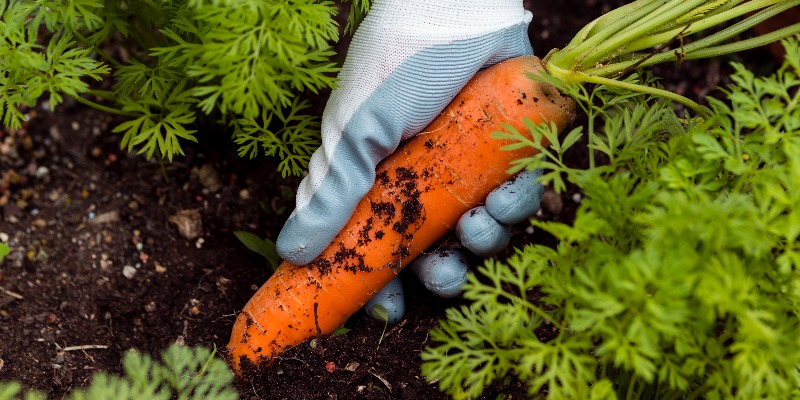
3. Use The “Three Sisters” Method For a Self-Sustaining Garden
This ancient Native American technique is perfect for small-space gardens. Here are some valuable tips to keep in mind.
Plant corn first. It grows tall and acts as a natural trellis.
Sow climbing beans around the corn. They use the stalks for support and add nitrogen to the soil.
You can add squash at the base. Its broad leaves help shade the soil, prevent weeds, and lock in moisture.
4. Grow Lettuce With Radishes
Gardeners often use this combination of companion planting in kitchen gardens. It helps in fast and healthy growth.
First, plant quick-growing radishes. They break up the soil, making it easier for lettuce to grow.
You can use chives around lettuce. They naturally repel aphids and other leaf-eating insects.
Harvest radishes early to give lettuce more room as it grows.
In most cases, the radishes are ready in a few weeks. Lettuce, however, takes longer. So, you are making the most of your garden space.
5. Protect Peppers With Nasturtiums & Oregano
Many times, pepper plants are attacked by pests. So, here are some things to keep in mind.
Plant nasturtiums around pepper plants. They can act as a “trap crop” and help lure aphids away.
You can add oregano nearby. Its vigorous Scent masks pepper plants, making it harder for pests to find them.
You should avoid planting peppers near beans. They compete for nutrients and stunt each other’s growth.
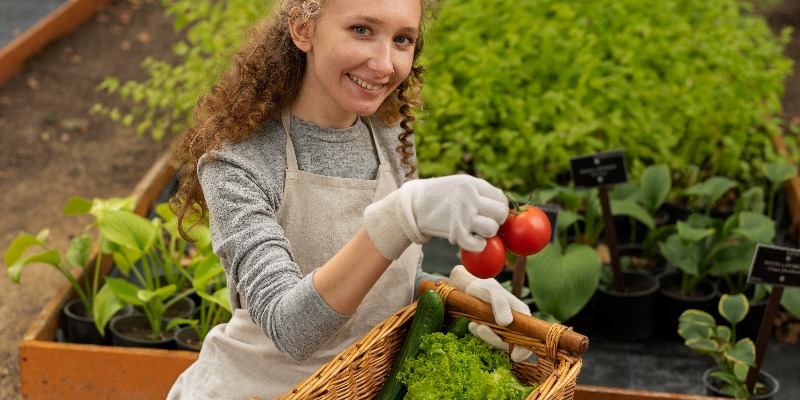
Plants That Should Never Be Planted Together
Not all plants play nice! They can be bad for companion planting combinations.
So, you should avoid these bad combinations. It is essential to prevent stunted growth and pest problems:
Keep tomatoes away from potatoes. They both attract blight, which can wipe out your plants.
Always separate beans and onions. The onions release chemicals that stop beans from growing well.
You should not plant carrots near dill. This plant can stunt the growth of carrots.
Try to avoid putting cabbage near strawberries. These two compete for the same nutrients.
If two plants attract the same pests, don’t plant them together!
How To Make Companion Planting Work For You
One should start with just a few pairings. You should not overhaul your entire garden at once.
Try to rotate crops each season. This will prevent soil depletion and keep pests guessing.
You can mix in flowers like marigolds or lavender to attract pollinators.
Try to use herbs strategically. Basil, rosemary, and mint naturally repel bugs and boost
Let Your Garden Work Smarter With Companion Planting
Companion planting is one of the easiest, most natural ways to get bigger harvests. It allows for fewer pests and healthier plants. And there is no extra effort.
Try just one or two of these plant pairings this season. Then, wait and see the outcomes for yourself!
